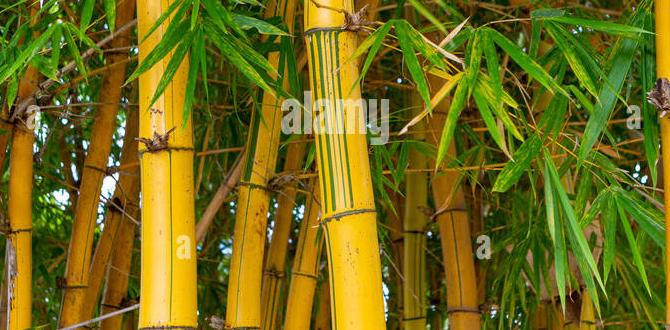Saving seeds from your garden is crucial for any gardener looking to maintain a sustainable and self-sufficient garden. Not only does it save money on purchasing seeds year after year, but it also preserves the genetic diversity of plants and ensures their availability for future generations.
With the increasing popularity of organic and heirloom gardening, seed saving has gained even more significance. However, many gardeners are unsure how to save seeds properly and may shy away from attempting it. This article will guide you on how to Save Seeds From Your Garden. We will cover the basics of seed saving, including the best time to harvest seeds, how to properly store them, and the different methods for saving seeds from various types of plants.
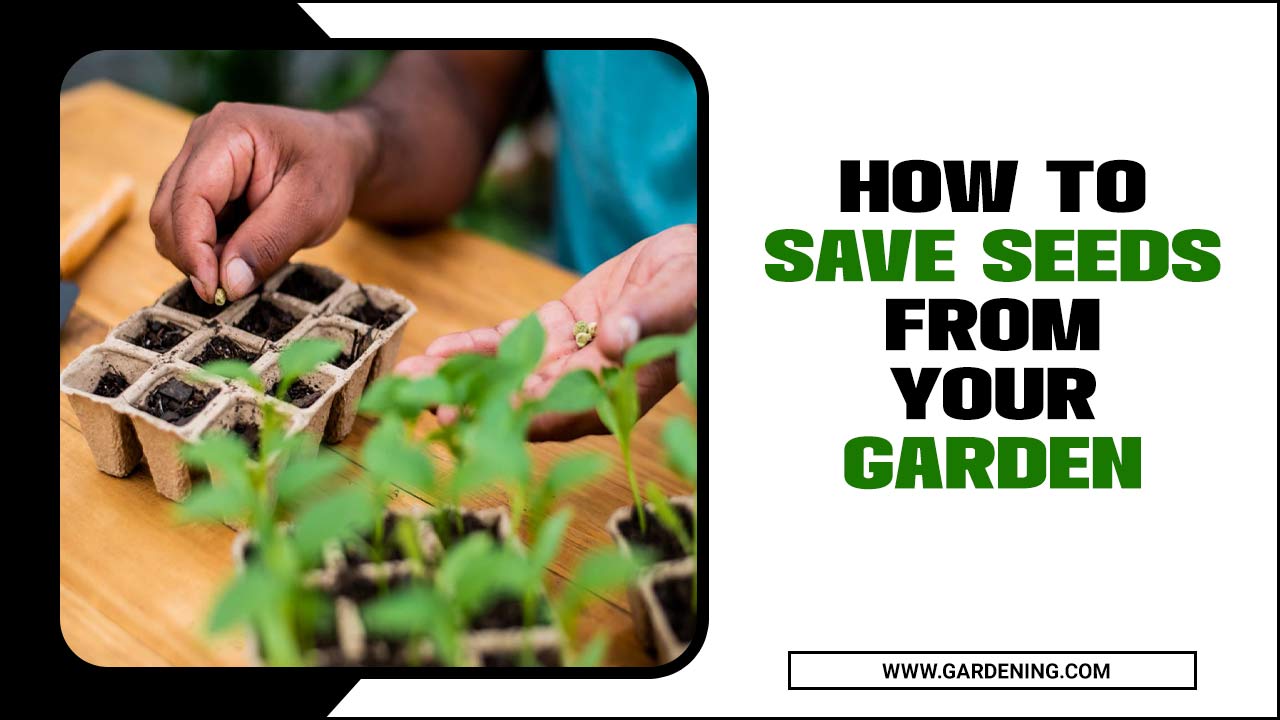
How To Save Seeds From Your Garden: Seed Saving Basics
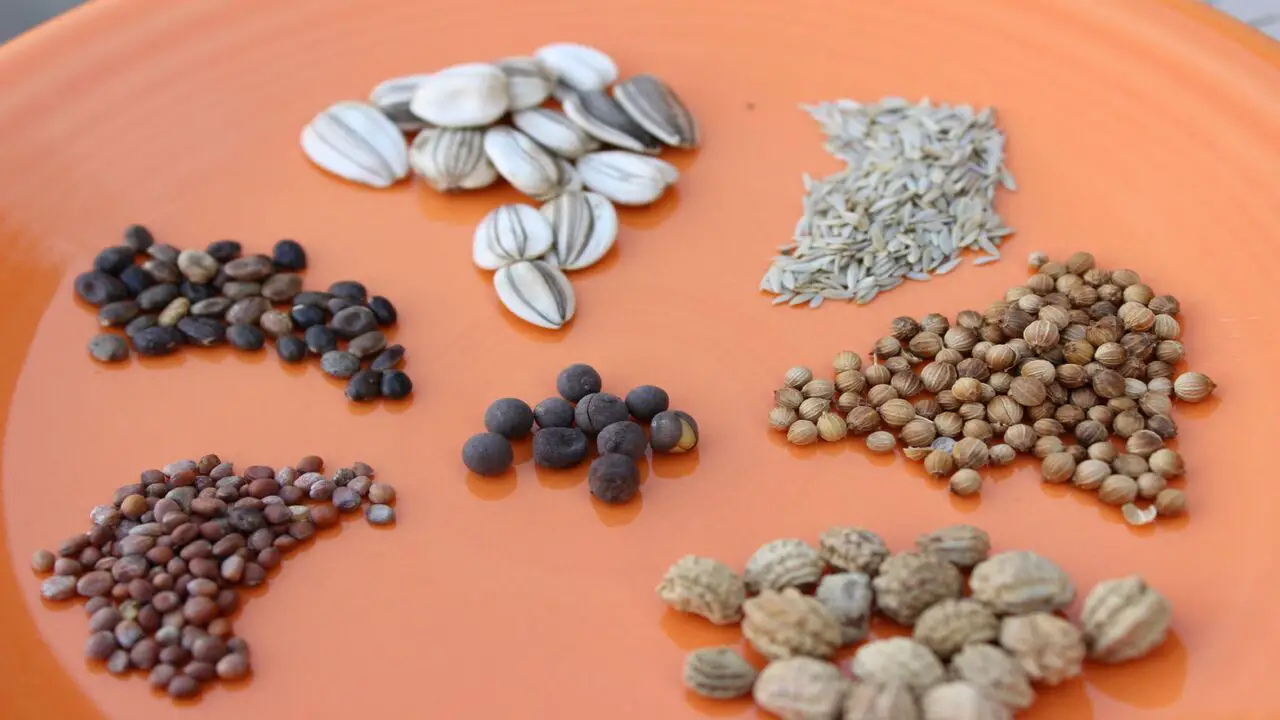
Knowing how to save seeds from your garden is crucial for any avid gardener or farmer. It is important to understand the seed-saving process because it allows you to preserve and propagate your favorite plant varieties, maintain genetic diversity, and become self-sufficient in your gardening endeavors.
Seed Saving Basics
Seed saving is a fundamental practice for any gardener looking to maintain the biodiversity and sustainability of their garden. Knowing to save seeds from your garden is an essential skill that allows you to preserve the genetic diversity of plants and grow your crops year after year.
The first step in seed saving is to select the plants with desirable traits from which you want to save seeds. Choose healthy, disease-resistant plants that have produced high-quality fruits or vegetables. It is important to note that hybrid plants do not produce true-to-type seeds, so focus on open-pollinated or heirloom varieties for optimal results.
Make Sure Seeds Are Ready
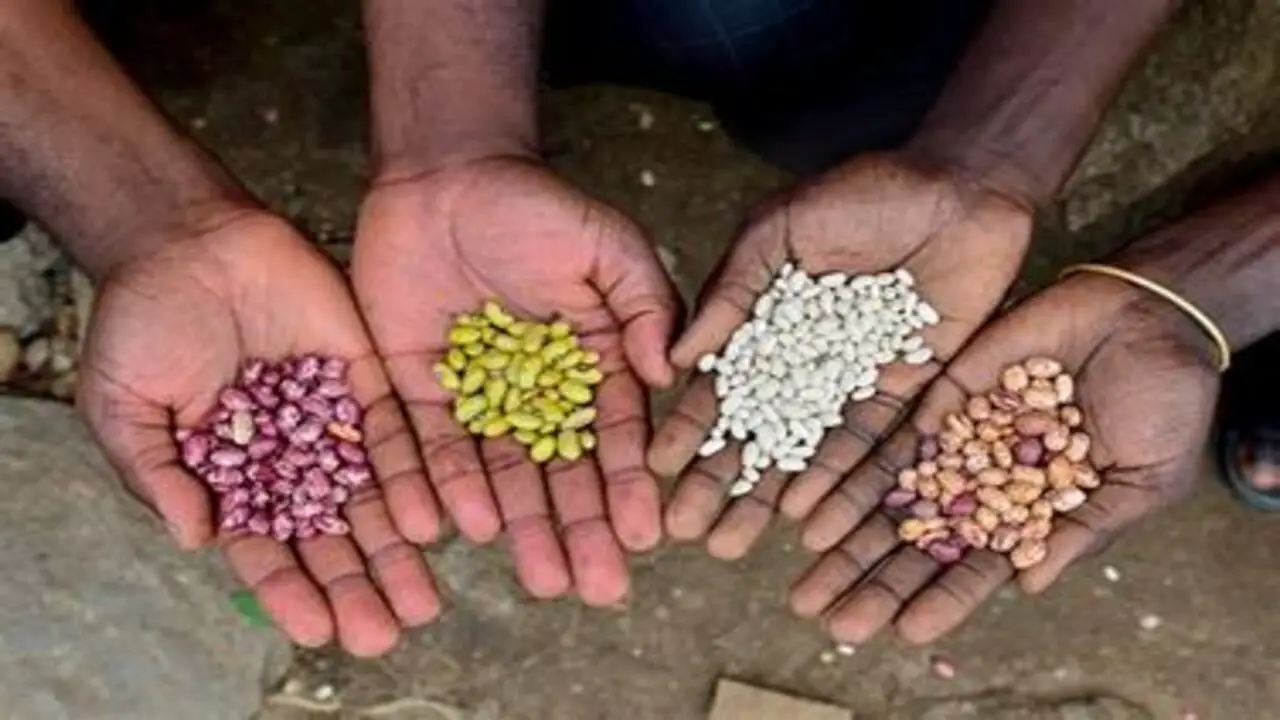
Regarding gardening, one important aspect that often gets overlooked is seed saving. Ensuring that the seeds we save from our garden are high quality and ready for future planting is crucial. To accomplish this, a few key steps need to be followed. Selecting the healthiest and most robust plants from which to save seeds is essential. These plants should be disease-free, pest-resistant, and have produced high-quality, desirable fruits or vegetables.
By choosing strong specimens, we increase the likelihood of obtaining viable seeds. Once we have identified the plants, we need to allow the fruits or vegetables to mature on the plant before harvesting fully. This ensures that the seeds inside are fully developed and ready for saving. It is important not to rush this process, as premature seeds may not germinate or produce healthy plants.
Each Seed Looks Different
Saving seeds from your garden is a rewarding and sustainable practice that allows you to preserve the unique characteristics of each plant variety. One of the fascinating aspects of seed saving is that each seed looks different, showcasing the diverse traits and potential of the plants they come from.
As a responsible gardener, understanding the process of saving seeds is essential to ensure the continuity of your favorite plants and contribute to your garden’s biodiversity.
Color Targeting
Color targeting is a valuable technique that can greatly enhance the effectiveness of your marketing campaigns. By strategically using color to target specific demographics, you can create a more personalized and impactful message that resonates with your target audience.
Whether you are designing a print advertisement, website, or social media campaign, understanding the psychology of color can give you a competitive edge. To successfully implement color targeting, it is important to consider the different colors’ preferences and associations with various demographic groups.
Collecting Flower Seeds
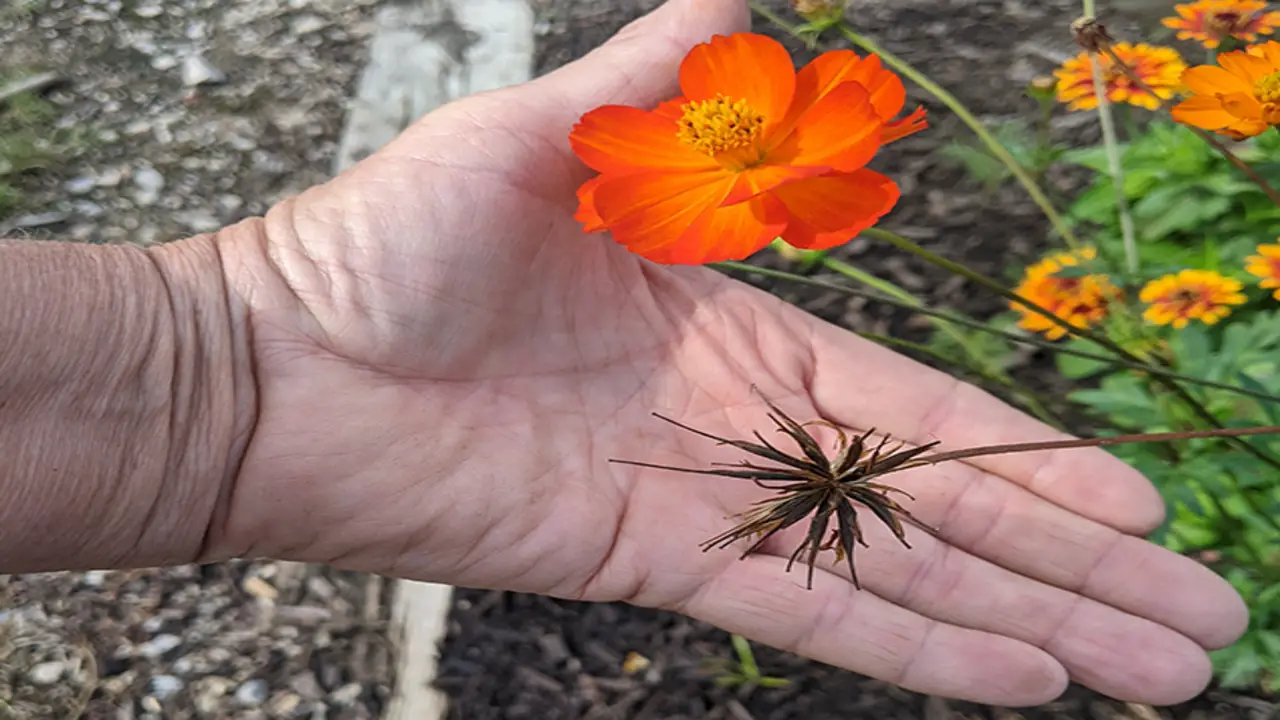
Collecting flower seeds is an essential skill for any avid gardener. Knowing how to save seeds from your garden allows you to preserve and propagate your favorite blooms and promotes sustainability and self-sufficiency in gardening practices. Collecting flower seeds begins with selecting healthy plants that have reached maturity and have produced viable seeds.
- Wait for the flowers to bloom fully and the petals to start falling off.
- Use clean and dry tools like scissors or tweezers to collect the seeds.
- Identify the seed pods or seed heads on the flowers.
- Gently remove the seed pods or heads from the stem of the flower.
- Place the seed pods or heads in a paper bag to dry for about a week.
- Shake the bag gently to release the seeds from the pods or heads.
- Separate the seeds from any remaining plant material, such as chaff or debris.
- Store the seeds in labeled envelopes or containers in a dry and cool place.
- Make sure to keep the seeds away from moisture and extreme temperatures.
- Remember to keep track of the flower variety and the date of seed collection.
How To Save Zinnia Seeds
Knowing how to save zinnia seeds is paramount for gardeners and horticulturists alike. Zinnias are stunning flowering plants in a wide array of vibrant colors and shapes, making them a popular choice for adding beauty to gardens and landscapes. However, the true value lies in their visual appeal and the potential to propagate and preserve these exquisite plants for future generations.
- Wait until the zinnia flowers have fully bloomed and the petals have fallen off.
- Locate the seed heads, which are small, round structures found at the base of the flower.
- Allow the seed heads to dry on the plant, usually about 23 weeks fully.
- Once the seed heads are dry, remove them from the plant and place them in a paper bag or envelope.
- Label the bag or envelope with the zinnia variety or color for future reference.
- Gently crush the seed heads to release the zinnia seeds.
- Separate the seeds from any chaff or debris by sieving or handpicking.
- Store the zinnia seeds in a cool, dry place, such as an airtight container or envelope.
- Remember to label the storage container with the date and zinnia variety.
- The zinnia seeds can be sown in the following growing season to produce new plants.
How To Save Cosmos Seeds
Understanding the importance of saving cosmos seeds holds significant value in environmental conservation and sustainable agriculture. Cosmos, a delightful flowering plant native to Mexico, not only adds beauty to gardens and landscapes but also plays a crucial role in supporting pollinators such as bees, butterflies, and hummingbirds. Knowing how to save cosmos seeds ensures the preservation and continuity of this vital ecological relationship.
- Wait for the cosmos flowers to mature fully and the petals to dry out.
- Cut off the flower heads once they have turned brown and crispy.
- Place the flower heads in a paper bag or envelope to allow them to dry further.
- Shake the bag or gently rub the flower heads to release the seeds.
- Separate the seeds from any remaining flower debris.
- Store the seeds in a cool, dry place like a sealed container or envelope.
- Label the container with the date and variety of cosmos seeds.
- Use the saved cosmos seeds to grow new plants in the next gardening season.
Saving Seeds From Annuals

Understanding the significance of saving seeds from annuals is crucial for anyone interested in sustainable gardening and preserving plant biodiversity. By actively participating in seed saving, individuals contribute to conserving plant varieties often lost due to commercialization and hybridization.
- Identify the annual plants in your garden that you want to save seeds from.
- Allow the annual plants to mature and produce flowers or seed pods fully.
- Monitor the plants closely and wait for the flowers or seed pods to dry out and turn brown.
- Cut off the dried flowers or seed pods from the plants using clean and sharp garden scissors or pruners.
- Place the flowers or seed pods in a paper bag or envelope to allow further drying and prevent moisture buildup.
- Store the paper bag or envelope in a cool, dry, and dark place for a few weeks to ensure complete drying of the seeds.
- Once the seeds are fully dried, gently separate them from the flowers or seed pods and remove any debris or chaff.
- Label the seeds with the plant name and the year they were collected to keep track of their origin.
- Store the seeds in airtight containers or envelopes in a cool, dry, and dark place until you are ready to sow them in the next.
Saving Fruit And Vegetable Seeds
Knowing how to save fruit and vegetable seeds is paramount for several reasons. Saving seeds allows us to preserve the genetic diversity of plant species. As industrial agriculture continues to dominate our food systems, many traditional and heirloom varieties of fruits and vegetables are at risk of extinction. We can ensure that these unique and often more flavorful varieties are not lost forever by saving seeds.
- Harvest seeds from ripe and healthy fruits and vegetables.
- Remove the seeds from the fruits or vegetables and separate them from the pulp or flesh.
- Rinse the seeds thoroughly to remove any remaining pulp or debris.
- Allow the seeds to dry completely, preferably in a wellventilated area.
- Store the dried seeds in a cool, dry place, such as an airtight container or a seed envelope.
- Label and date the stored seeds to keep track of their variety and age.
- Ensure the seeds are stored away from moisture, heat, and direct sunlight to maintain viability.
- Use the saved seeds in the next planting season to grow new fruits and vegetables in your garden.
How To Save Rudbeckia And Daisy Seeds
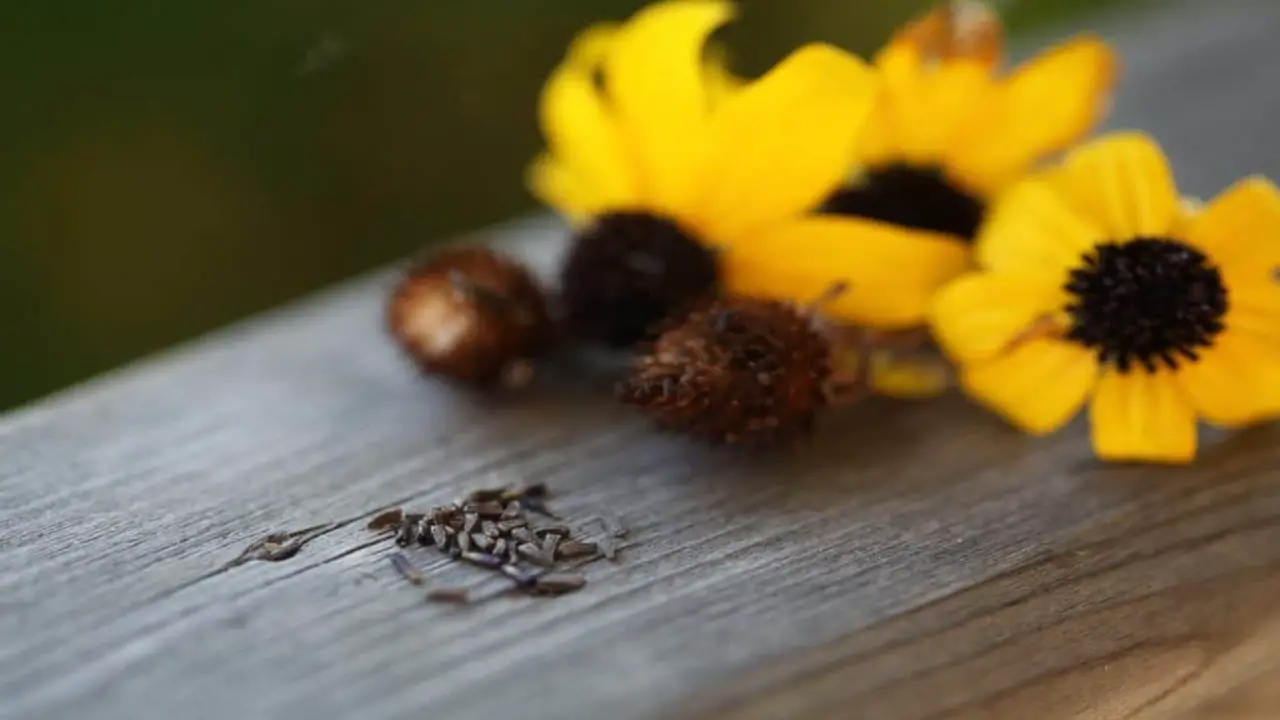
Knowing how to save Rudbeckia and Daisy seeds is crucial for gardeners and plant enthusiasts. These two popular flowering plants, known for their vibrant colors and ability to attract pollinators, can enhance any garden or landscape. However, their seeds are vital in ensuring their future growth and propagation.
- Wait for the Rudbeckia or daisy flowers to bloom fully and start to fade.
- Allow the flower heads to dry on the plant. This is important as the seeds need to mature fully before harvesting.
- Once the flower heads are completely dry, remove them from the plant.
- Gently crush or shake the flower heads to release the seeds.
- Separate the seeds from any remaining plant material, such as stems or petals.
- Store the seeds in labeled envelopes or containers in a cool, dry place.
- Make sure to keep the seeds away from moisture and direct sunlight.
- Sow the saved seeds in a prepared garden bed or seed trays the following spring.
- Water the seeds regularly and provide proper care until they germinate and grow into healthy plants.
How To Save Cucumber, Squash And Pepper Seeds
Knowing how to save cucumber, squash, and pepper seeds is crucial for any gardener or farmer. This knowledge allows for preserving desirable traits in these crops, ensuring a consistent and reliable harvest year after year. By saving seeds, one can maintain the specific characteristics, such as taste, size, and disease resistance, that make these vegetables valuable.
- Choose mature and healthy fruits from your garden of cucumbers, squash, and peppers.
- Cut open the fruits carefully and extract the seeds.
- Place the seeds in a water bowl and gently remove any pulp or debris attached to them.
- Transfer the clean seeds onto a paper towel or a clean, dry surface and let them air dry completely. This may take several days.
- Once the seeds are thoroughly dry, store them in an airtight container, such as a glass jar or a seed envelope.
- Label the container with the seed variety and the collection date to keep track of their freshness.
- Store the seeds in a cool, dark, and dry place to maintain viability.
- When planting the saved seeds in the future, ensure proper conditions for germination, such as adequate moisture, temperature, and sunlight.
Remember to periodically check and discard any seeds that show signs of mold, damage, or pest infestation to maintain the quality of your seed collection.
How To Save Tomato Seeds
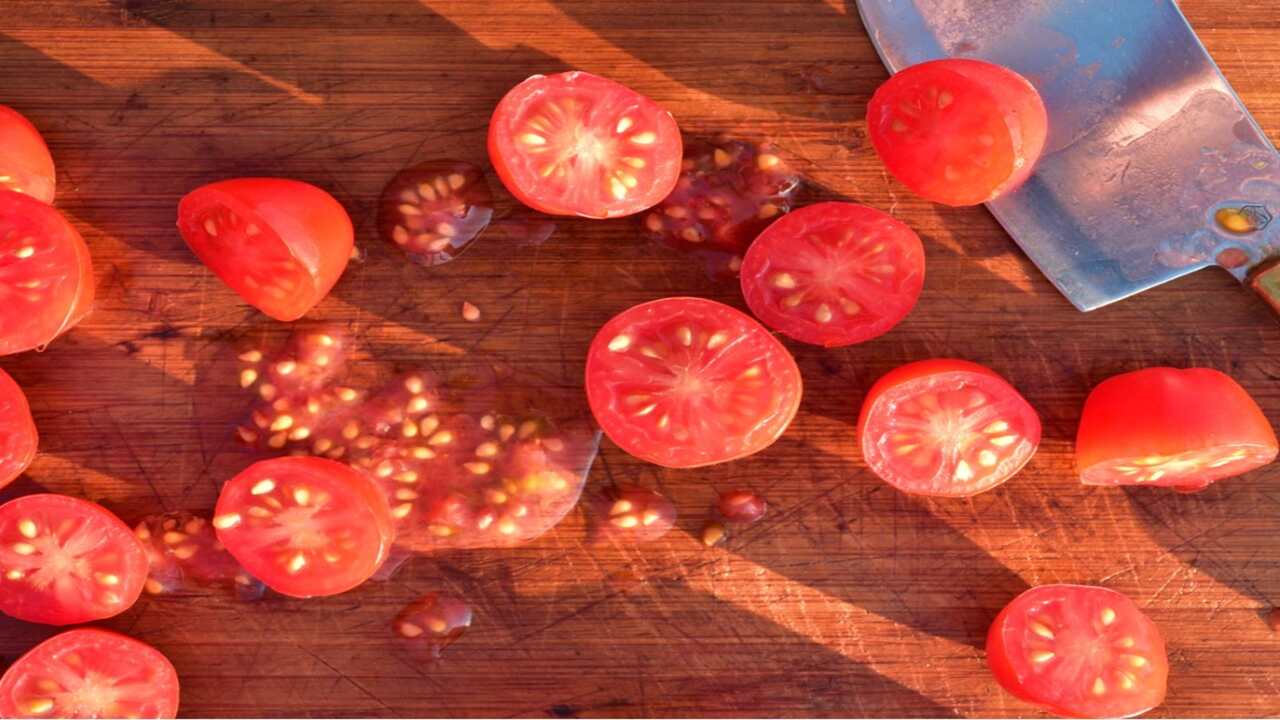
Knowing how to save tomato seeds is paramount for home and commercial growers. The process of saving tomato seeds ensures the preservation of desirable traits and genetic diversity within tomato varieties. By saving seeds, gardeners can maintain the characteristics they value most in their tomatoes, such as flavor, disease resistance, and productivity. This allows them to grow high-quality tomatoes year after year consistently.
- Select a ripe and healthy tomato from your garden.
- Cut the tomato in half horizontally.
- Squeeze the tomato gently to remove the seeds and their gelatinous coating into a clean container.
- Add a small amount of water to the container and stir to break up any remaining pulp.
- Cover the container with a lid or plastic wrap and let it sit at room temperature for 23 days.
- During this time, the mixture will ferment, which helps to separate the seeds from the pulp.
- After 23 days, remove any floating mold or debris from the surface of the mixture.
- Pour the mixture into a finemesh strainer and rinse the seeds thoroughly with water to remove any remaining pulp.
- Spread the seeds on a paper towel or a glass surface and allow them to dry completely. This may take around 12 weeks.
- Once the seeds are fully dry, store them in a labeled envelope or airtight container in a cool
Storing Seeds
Storing seeds is a crucial aspect of preserving your garden’s genetic diversity and sustainability. Knowing how to save seeds from your garden ensures a continuous supply of plants for future seasons. It allows you to share and exchange seeds with fellow gardeners, contributing to the collective growth of botanical diversity. To start, selecting and collecting seeds from healthy, mature plants is essential.
Choose seeds from plants that exhibit desirable traits, such as vigorous growth, disease resistance, or exceptional flavor. As the end of the growing season approaches, carefully inspect the plants for fully developed seed pods or dried seed heads. Harvest the seeds when fully mature, ensuring they have reached their maximum size and have changed color to indicate ripeness.
Tips For Save Seeds From Your Garden
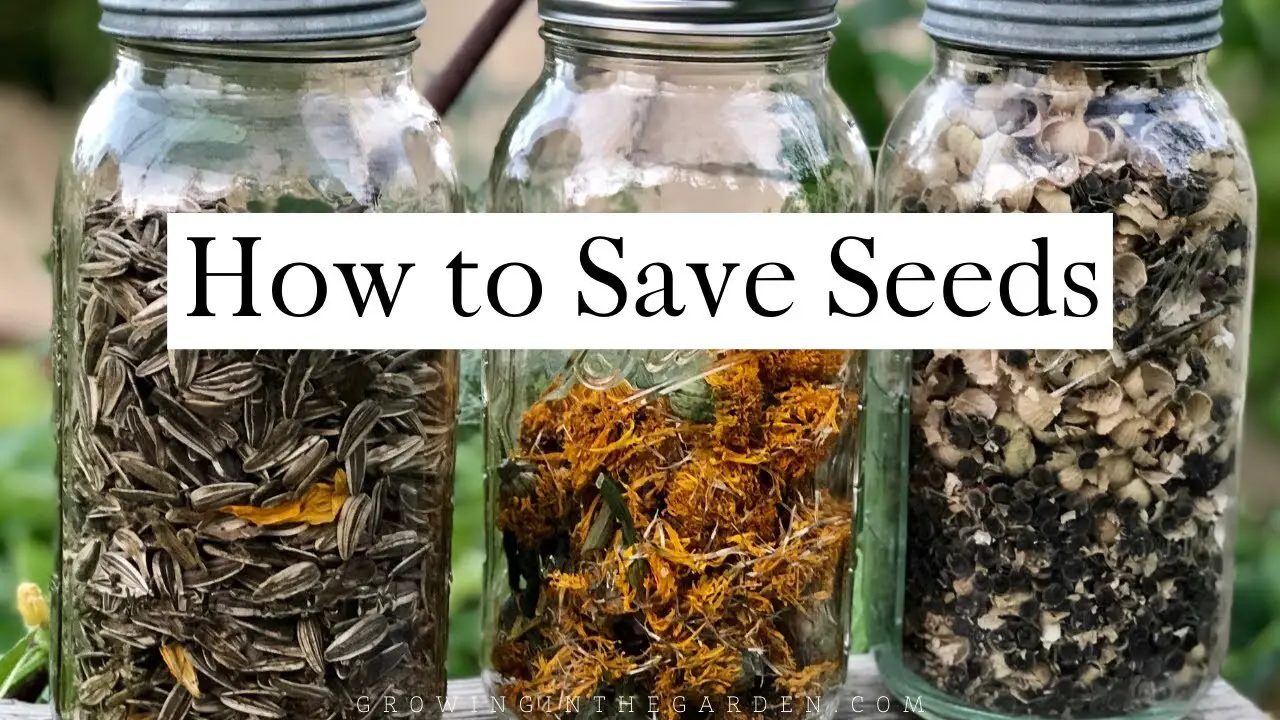
Knowing save seeds from your garden is an essential skill for any avid gardener. It allows you to preserve the genetic diversity of your plants and provides you with a sustainable source of seeds for future planting seasons. Also, saving seeds from your garden can save you money, as you won’t need to purchase new seeds yearly.
- Harvest Seeds From Healthy, Mature Plants: Choose plants that are diseasefree and have reached full maturity before collecting the seeds.
- Select Openpollinated Or Heirloom Varieties: These seeds will produce offspring that closely resemble the parent plant.
- Allow The Seeds To Mature On The Plant Fully: Wait until they have turned their characteristic color and are fully dry before harvesting.
- Use Clean, Dry Containers For Seed Storage: Ensure the containers are airtight to prevent moisture or pests from damaging the seeds.
- Label And Date Your Seed Packets: This will help you keep track of the different varieties and their respective harvest dates.
- Store Seeds In A Cool And Dry Location: Aim for a temperature around 40 to 50 degrees Fahrenheit with low humidity to maintain seed viability.
- Rotate Your Seed Stock: Use the oldest seeds first to maintain their freshness and avoid wasting any viable seeds.
- Conduct Germination Tests: Before planting, test a small batch of seeds to determine their ger.
Conclusion:
Gardening is not just a hobby or a way to beautify your outdoor space but also a means of self-sufficiency and sustainability. One of the most important practices in sustainable gardening is seed saving. Saving seeds from your garden is a cost-effective way to continue your gardening journey and a sustainable practice that contributes to preserving plant diversity.
By following these simple steps and storing and labeling your saved seeds properly, you can ensure a successful and fruitful garden for years to come. So why not try seed saving and reap the benefits of a self-sufficient and environmentally friendly garden? If you read the above outline properly, we hope you understand how to save seeds from your garden.
FAQ:
1.Why Should I Save Seeds From My Garden?
Ans: Saving seeds allows you to preserve and propagate the best plants in your garden, ensuring a continuous supply of healthy and adapted seeds for future planting.
2.How Do I Know When It’s Time To Collect Seeds From My Garden?
Ans: Wait until the plants have matured and the seeds have reached their maximum size. You can usually tell by observing changes in color or texture.
3.How Do I Save Seeds From My Garden?
Ans: To save seeds, carefully harvest the mature seed pods or fruits, remove any debris, and allow them to dry fully in a cool, dry location. Once dry, store the seeds in airtight containers in a cool, dark place.
4.How Long Can Saved Seeds Last?
Ans: When stored properly, most saved seeds can remain viable for several years. However, it’s best to use them within 1-3 years for optimal germination rates. Regularly testing seed
5.What Is The Best Method For Saving Seeds?
Ans: The most common method is to allow the seeds to dry on the plant before harvesting fully. Once dry, remove the seeds, store them in a cool, dry place in labeled envelopes or containers, and ensure proper ventilation to prevent mold or moisture damage.




